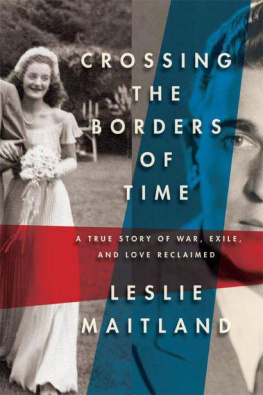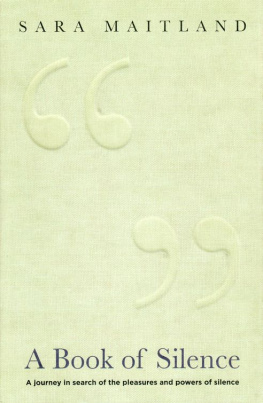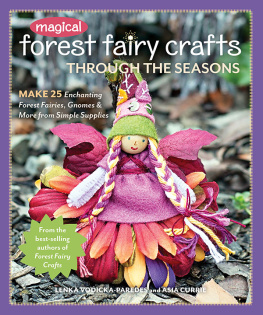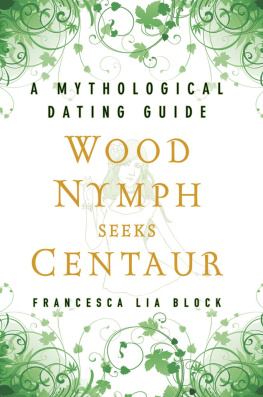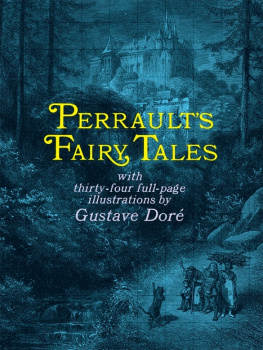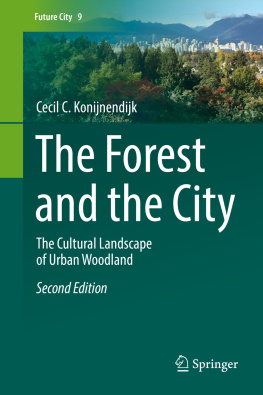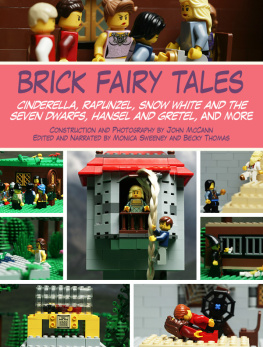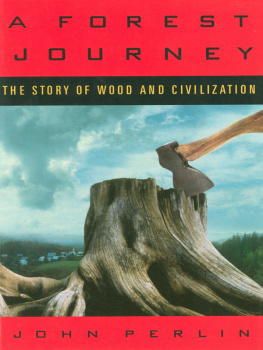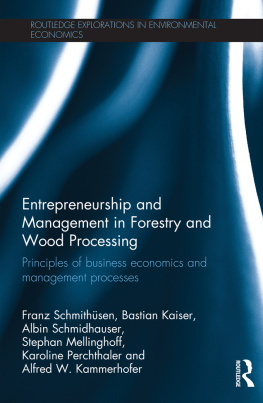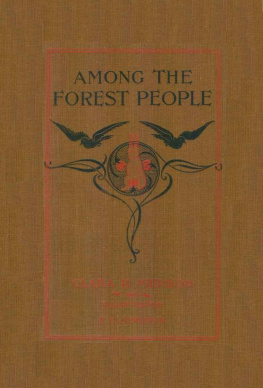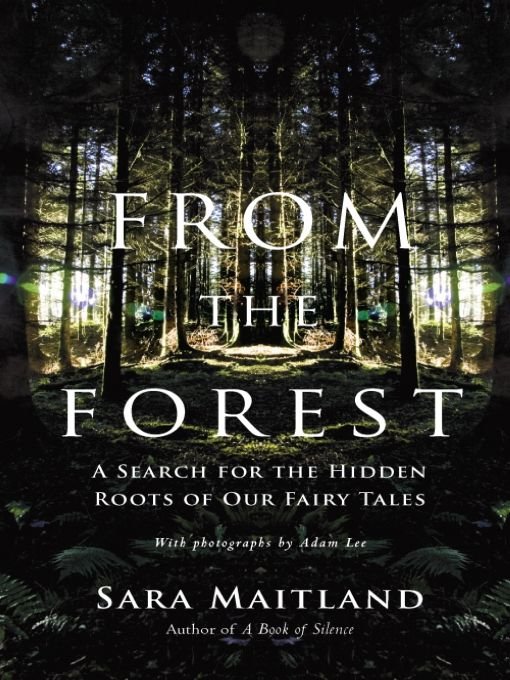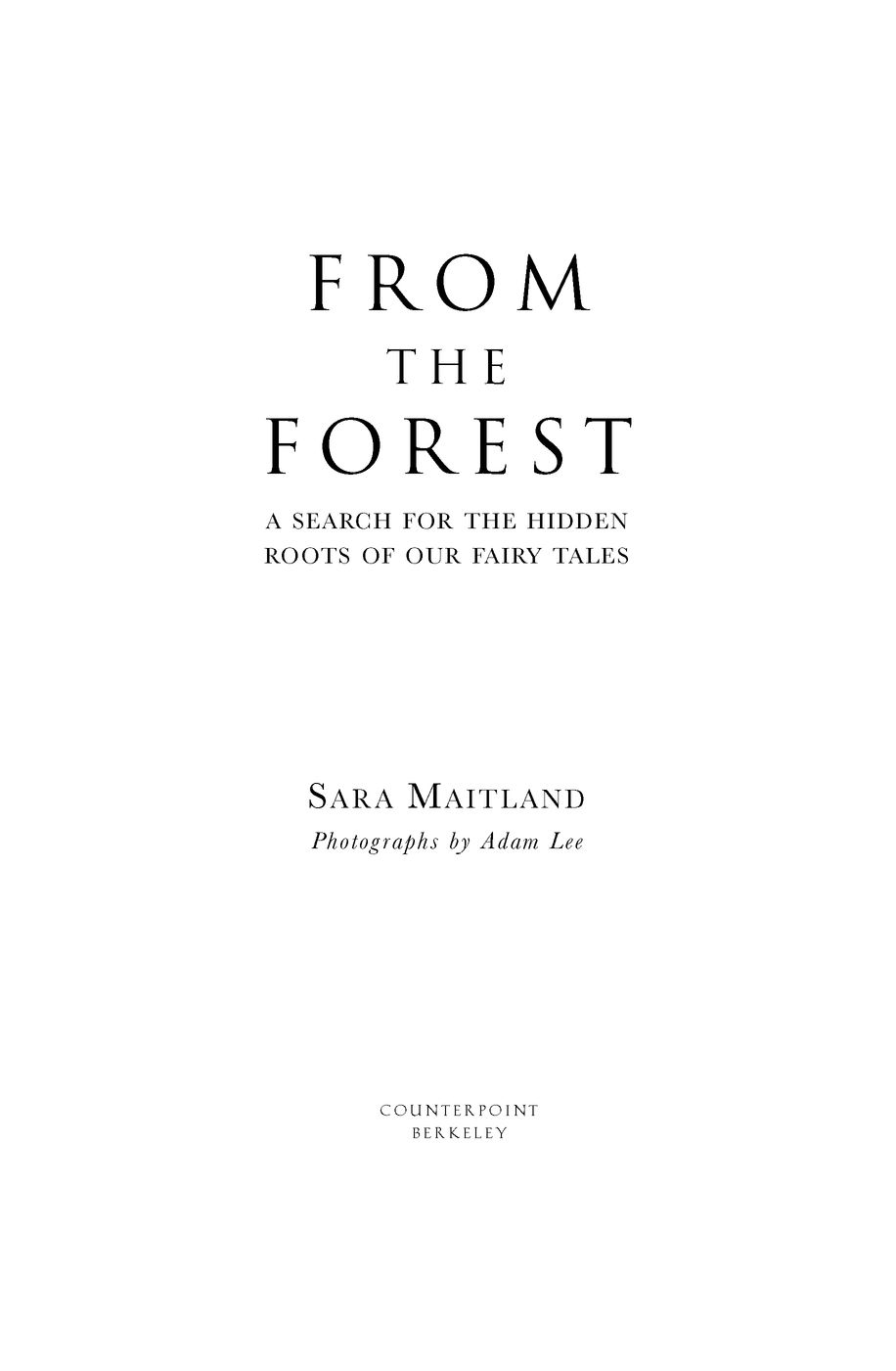Table of Contents
Also by Sara Maitland
A Book of Silence
For Mildred Lee Watson the true princess.
(No green vegetables were hurt testing this hypothesis.)
March
Airyolland Wood
It is dark, a soft, rustling night and not too cold. Adam, my son, and I are sitting on a moss-covered rock eating baked beans. He has pitched the small tent with the grace that goes with experience; I have heated the baked beans on the camping stove with the clumsiness that comes from lack of practice. It is dark now, and above us the branches of the trees are darker still, patterning themselves against the clouds. There is not much wind, but enough to make the branches a little restless. We can hear the burn and the branches and some other unidentifiable night noises, but it is quiet and calm. Airyolland Wood is a magical place for us and we are enjoying ourselves.
Airyolland is a tiny triangle of ancient oak wood that clings to the side of a steep valley in Galloway. It is a little fragment of what was once a far more extensive forest and we are lucky to have it still. A small stream, crystal clear and fast, rushes down towards the river in a series of sharp little falls; each sudden drop has a miniature deep pool at the bottom of it and the sides of the pool are rich with ferns, even this early in the year. The oak trees are old and tangled, many multi-trunked from long-ago coppicing, and they are festooned with epiphyte ferns, with moss, and with epicormic twigs sprouting whiskery from the rough bark. Their buds are fattening now, but there are no leaves, and the moon, slipping out from the filigreed clouds, occasionally breaks through the bare branches. The ground is both steeply sloped and complexly humped and carved; it is scattered apparently casually with erratic boulders some as large as garden sheds and some much smaller pushed here by a glacier and left when the ice retreated. Immediately to the south, abutting this wood, just across the stream, is a fairly typical patch of forestry plantation, huddling up against the little wood; above it is a well-greened field with a farmhouse just out of sight. The Southern Upland Way runs through here, and totally incongruously the single-track railway line from Glasgow to Stranraer cuts through the bottom edge of the wood. And still Airyolland is a magical place for both of us and we are enjoying ourselves.
As we came down from the high moor where I live earlier this afternoon, I could sense the spring pushing up the valley to meet us. There were daffodils out in the village and new lambs in the fields along the river. The hawthorn in the hedges is showing bright, pale green buttons of buds, and a wych elm on the edge of the wood is covered in tiny red-gold balls which will flower before the end of the month. In the grass on the slope as we enter the oak wood itself there are the first primroses, and underfoot the darker green shoots of what will be ransom wild garlic later on.
But the trees themselves show fewer conspicuous signs: oak leafs out later than most trees, except ash, and the moss here is so thick and the rock so near the surface that there is surprisingly little undergrowth. The spring is coming nonetheless. Although it is still nearly ten days before we move the clocks forward, the evenings are getting longer and there are hard, pale little nubs down by the burn which will push up into fresh fern fronds over the coming month. Some of them are visibly beginning to do that exquisite fern thing: pushing up straight, sturdy stems and then uncoiling the tight spiral at the very top, so that briefly they look like Gothic bishops crosiers. Earlier, while it was still light, there was a new twitter of birds, and there has been no frost for over two weeks.
We are here to catch the early sun tomorrow morning as it rises over the moor. The sun will spill light, colour and long shadows through the branches and across the green moss. That is what Adam wants to photograph. We are also here trying to learn how to work together as adults. So far so good, except that I demanded that we brought a cafetire with us, and he can hardly be expected to approve of such foppish ways, especially as he does almost all the portering.
So, I say, into the dark, which fairy stories do you know? Do you remember?
Goldilocks, Red Riding Hood, Cinderella, Snow-white. Jack and the Beanstalk. Theres a short pause, and then, The one with the swans and the shirts, Rumplestiltskin... the princess with that long hair...
I am quite impressed. But it is somehow easier to remember these stories in this wood, as though the wood itself was reminding us.
Where did you learn them? Who told them to you? I ask.
You, he says. Then, School perhaps. I dont know really, I just know them.
We expand our list of stories, dig for the details, re-run the plots and laugh a bit at some of them for some reason, The Mouse, the Bird and the Sausage pleases us immensely, and we chant together, giggling, a suddenly mutually recalled snippet:
The bird encountered a dog and learned that this dog had considered the sausage free game and swallowed him down.
The bird was furious and accused the dog of highway robbery, but it was of no use, for the dog maintained he had found forged letters on the sausage and therefore the sausage had to pay for this with his life.
This is a totally absurd little tale from the Grimms collection about some improbable housemates who fall out over the division of the domestic chores, and it has nothing to do with forests or magic. God knows what the psychoanalysts, or the universal folklorists, or the academic textual deconstructers, or anyone else for that matter, would make of it. It is important to remember how many of the fairy stories we do not remember; and it is worth thinking about which ones. A large number of them are funny and silly, but these do not tend to feature in the modern canon.
Later he says, OK. Tell me about the book.
I say, Once upon a time it was all forest...
It was all forest before the last Ice Age.
Dont call it the Ice Age, he says, call it...
It was all forest before the last glaciations, which is why we have coal mines every coal seam is a dead forest, but we arent going there now. Were going to begin about 10,000 years ago, when the ice began to retreat. For tens of thousands of years, in places up to 3,000 metres thick, it had pressed heavily on northern Europe and America; the sea level had dropped as more and more water was frozen up in the Arctic Circle and high in the mountain ranges; glaciers had pushed down from the mountains, carving new valleys with flat bottoms and steep sides. Now, gradually, it began to retreat, leaving behind a stripped land, ground down and naked.
As the ice retreated, living things moved in from the south, opportunist as always, and greedy for space. First lichens, those great pioneers that break up land, build soils, prepare the way; and then, gradually, mosses, fungi, ferns, and, last but not least, seed-bearing plants low scrub, flowers, and eventually, trees. It takes thousands of years to make a good forest but they did well in this wet northern land, and flourished and spread out. And so, once upon a time it was all forest. Forest enough to be lost in it for ever.


